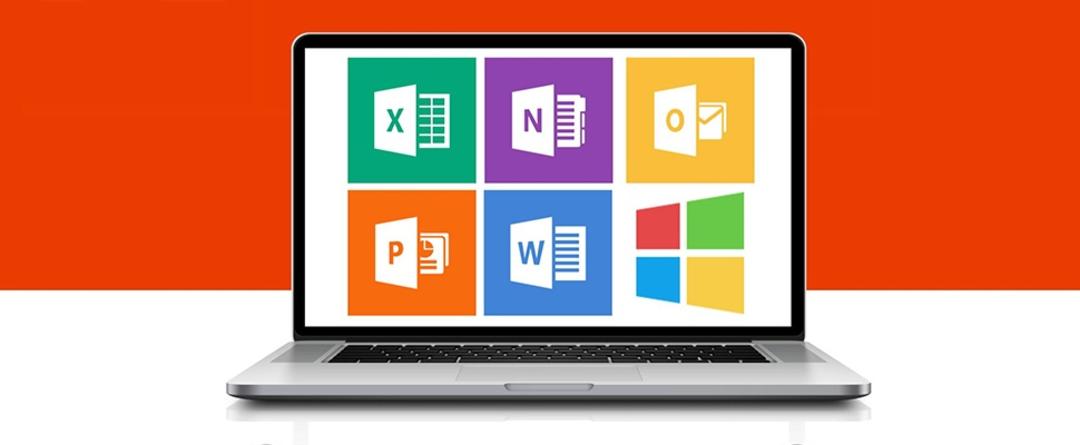There are loads of serious and desktop-worthy apps for the iPad. For example, like Textastic, a text and code editor you can start with. It would be wise to purchase a physical keyboard for this type of use, and a mouse is handy as well. With this, programming on iPad works as follows.
Textastic is a comprehensive text editor that is also ideal for programming. The application recognizes the syntax of at least 80 programming languages, including HTML. That’s why all your code is properly flagged – if desired. This not only makes it easier to keep an overview, but also makes detecting errors much more efficient.
With a €9.99 price tag, it’s certainly not the cheapest app, but it’s worth every penny for the target group. Also (yet?) for no whining about mandatory subscriptions and extra in-app purchases. Pay once and get everything you promised.
You can of course use it to create plain text like notes and memos. But its great strength lies in code recognition. And even autocomplete for various languages. This trick works for HTML, CSS, JavaScript, C, Objective-C and PHP.
Many extra features on board
Not only does it end with text and code editing, there are also many extra tools provided. Such as FTP, FTPS (FTP over SSL), SFTP (SSH connection), WebDAV, Dropbox and Google Drive clients. An SSH client has also been considered, making it a very complete whole. This really satisfies all your programming needs with some editing, code sharing and, if necessary, compiling and testing via SSH in one go.
When you launch the app, you will see a bar with options on the left. It’s primarily the file manager, but you can also launch other functions using the buttons at the bottom left. From left to right: file transfer to a server (press the + button to choose between (S)FTP, Dropbox, Google Drive and WebDAV. The required login details and other necessary things must be entered for each item.

You start a WebDav server with the second button under the left column, followed by the help files via the question mark. Finally, there is the tuning gear. If you click on it, you can completely adjust the application to your wishes. For example, consider a light or dark theme underneath. User Interface Theme or a password for the app. Go through everything carefully, every ‘coder’ has their own preferences.
Readability code
We show how easy the marked code is to read with a simple example: a machine-generated html page from computertotaal.nl. There is no beautiful design with lines and loops in it, making plain text a nightmare to read in a regular text editor.
Provided with colored code elements – as you can see below – it becomes much clearer. Of course the handwritten code is much clearer but at least something can be done with it.

If you’re going to write the HTML code yourself – which can sometimes be quite handy just for making some quick manual adjustments here or there – Textastic’s preview function will come in handy. Tap or click the glasses in the top (right) button bar. You now see a preview of what your hard work has delivered in terms of results. It uses a web server internally for this.
This makes it possible to view the web page in the default browser Safari if you want. To do this – in the preview view – first Completed to close. Then, hold the button a little longer while the glasses are pressed or clicked. In the menu that opens, tap or click Preview in Safari.

code recognition
As promised, Textastic can also recognize code for a number of languages. You can see it next to the buttons in the picture above < en > a cutout button with a numbered ball inside. Click on that and you will see a list of found errors. Click on an error to jump directly to an issue and then Open (followed by the filename and line number). Then you immediately jump to the error found in the source code.
In this very specific example, fixing bugs simply involves removing more unnecessary code. As a result, in this case, we’re pretty much left with the basic HTML code, followed by the font, subtitles, etc., among other things. You can start to ‘build’ again.

Share, print and more
The button with three dots at the top right gives you access to an extra menu. Sharing, emailing, printing option and a convenient copy all-function. As mentioned, you can also use online storage and SSH, which basically lets you work on code directly on a server. This makes Textastic a tool that should not be missing in any virtual coder’s toolbox.
Want to learn more about your iPad instead of a laptop? We also recommend of course do anything with the iPad also!
Source: Computer Totaal













